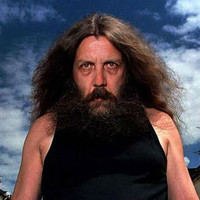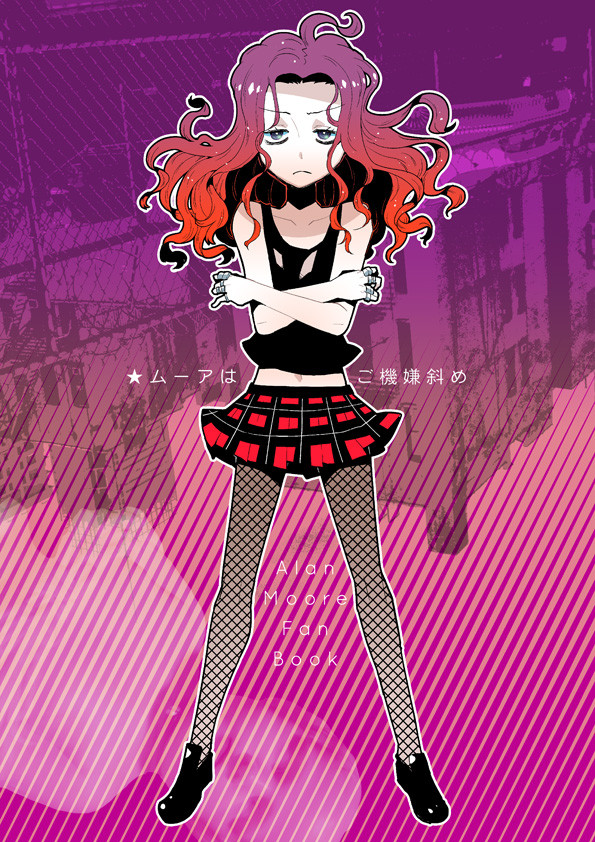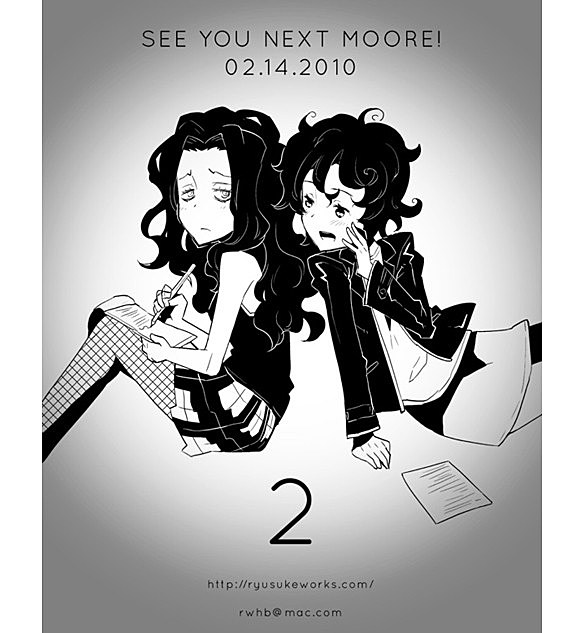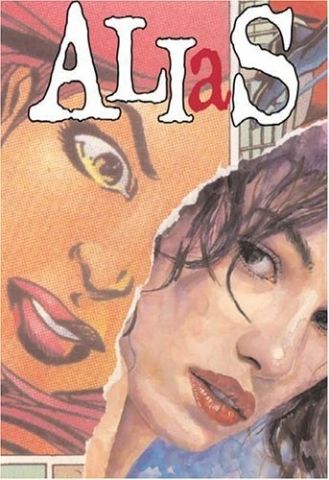Goodbye, Eri is a one-shot manga about a high school boy who is obsessed with making movies. The first film he makes is a predictably tearjerky documentary about his terminally ill mother. However, at the end he’s unable to join his mother for her final moments and instead runs away, but in his film he adds a special effect to make it look like the hospital is exploding as he flees.
The story begins as he shows his creation at the school festival, where it sinks like a lead balloon. Almost everyone in the school thinks the ending of his film is stupid except for one girl who insists that there was the germ of an interesting idea in there and he just needs to watch more movies to learn what works. Of course, he will be watching the movies with her, since she needs to make sure that his cinematic education proceeds appropriately.


The girl is not manic, but she definitely looks pixie-like and is certainly the kind of film buff a movie nerd would wish for (i.e., almost a full MPDG).
The boy eventually comes up with an idea for his next movie, which will be about a boy who showed a movie about his terminally ill mother which was received poorly by his fellow students, but who then met a girl who constantly watched movies with him and taught him about making a good film. Also the girl is a vampire who’s terminally ill.
Written out like that, the movie sounds earnestly dumb, but it comes across as rather sweet from the perspective that we see, which is entirely from the point of view of the mock documentary that the boy is shooting.
As you can guess, the story plays with ideas of the fourth wall, with unreliable narrators, with constructed images and artifice, and even with death and how the people we’ve lost are still alive and with us anyway. I don’t really want to spoil too much of the story, as it’s best enjoyed without too much foreknowledge, but I do recommend it as being a surprisingly deep exploration of a lot of emotional territory from the guy who wrote a manga about a teenage boy who transforms into a demon made out of chainsaws who uses his powers to hunt other demons (Chainsaw Man, though that manga was also a lot deeper than the bare description would make you think).
Anyway, that’s what I’ve been reading recently.




